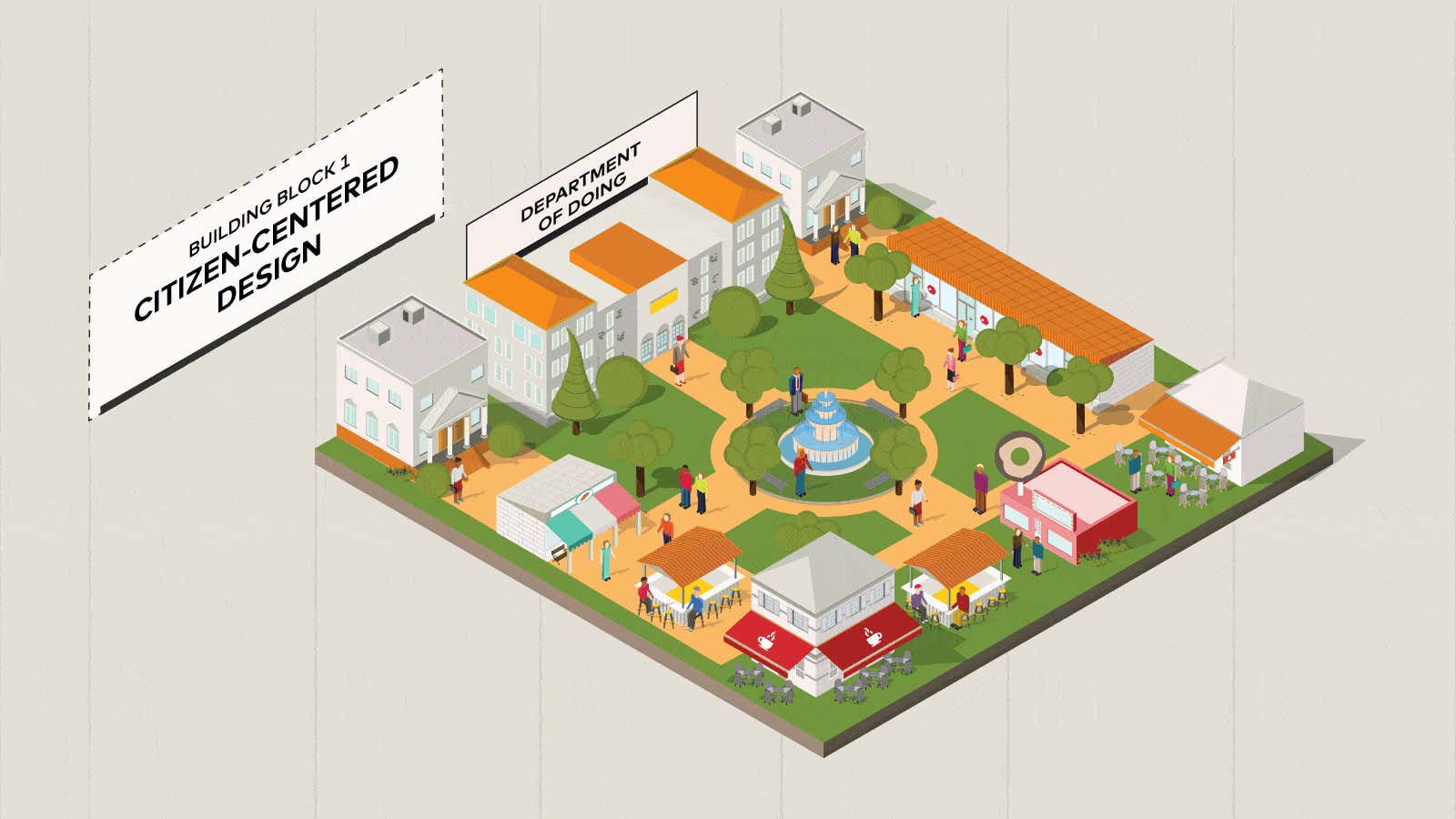The National Mall in Washington, DC. The 1909 Plan of Chicago. The San Antonio Riverwalk. These urban icons all grew from a planning philosophy in the 1890s and 1900s focused on how we live and how we could live better. Leading thinkers of that era called their idea the City Beautiful Movement, which sought to make urban areas more beautiful, more grandiose, and more democratic.
Today, a new conversation is underway: how to forge future cities in a digital age. As the percentage of the world living in urban areas swells—from 54% today to an expected 66% by 2050, according to the United Nations—citizens, mayors, and government officials are racing to understand how the private and public sector can work together to improve people’s lives through technology. They seek to make cities more hospitable, stronger in the face of adversity, and better suited to a rapidly changing global environment.
Call it the City Possible Movement.
The City Possible Movement encompasses the full spectrum of work being done to improve life in urban areas. Whether its successes are referred to as smart cities, connected cities, future-proof cities, or digital cities, the movement toward a City Possible ultimately seeks to give citizens access to all of the networks that power the modern economy—including transportation, energy, education, finance, and communication.
Doing so “requires a holistic approach to partnering that involves state and city governments and private corporations, but also civil society and academia,” said Hunter Woolley, who oversees Mastercard’s work with cities in North America.
Leaders in the public and private sectors are imagining what’s possible for their cities, focusing on building blocks that form the foundation of these ideas: citizen-centered design, inclusion, sustainability, and resilience. Here’s a look at how one of those building blocks, citizen-centered design, is coming to life in Gainesville, Florida.
Citizen-Centered Design
Definition: A way of thinking that seeks to understand the problems citizens are trying to solve and then create solutions to those problems.
Where: Gainesville, Florida
Problem: Home to the University of Florida and more than 40,000 students, the city of 128,000 recently acknowledged it was experiencing “brain drain” and a general lack of competitiveness.
Approach: Seeking to attract entrepreneurs and new businesses, the city has adopted a citizen-centric culture to ensure people can understand and use information from government agencies. One of the plans involves a “Department of Doing” that empowers individuals to start new businesses. The city posted a job listing for its new Director of Citizen-Centered Gainesville in November. The Department of Doing will focus on the user experience of starting a business above all else. Rather than going to multiple, separate city departments to get permissions and licenses to start a business, a budding entrepreneur would only have to visit one streamlined department: The Department of Doing.
Detail: “A big part [of our work] is designing for the first timer, the newcomer,” said Anthony Lyons, City Manager, to fastcodesign.com. “We want to say, ‘What would it look like to make it a level playing field?'”
Continuing Challenge: Government change takes time, and it will take continued focus on and support for the Department of Doing to make a long term impact. As Lyons described, “We’re in that process and it’s a never ending one. We’re going fairly fast but we’re still in midst of it, and it’s a pretty amazing time for Gainesville—and a fun time to be in government.”
Read stories exploring other building blocks—inclusion, sustainability, and resilience—that are taking shape in cities around the world.
Click here to learn how Mastercard is helping to create more inclusive, sustainable, and resilient cities.
This article was produced on behalf of Mastercard by Atlantic Media Strategies and not by the Quartz editorial staff.
